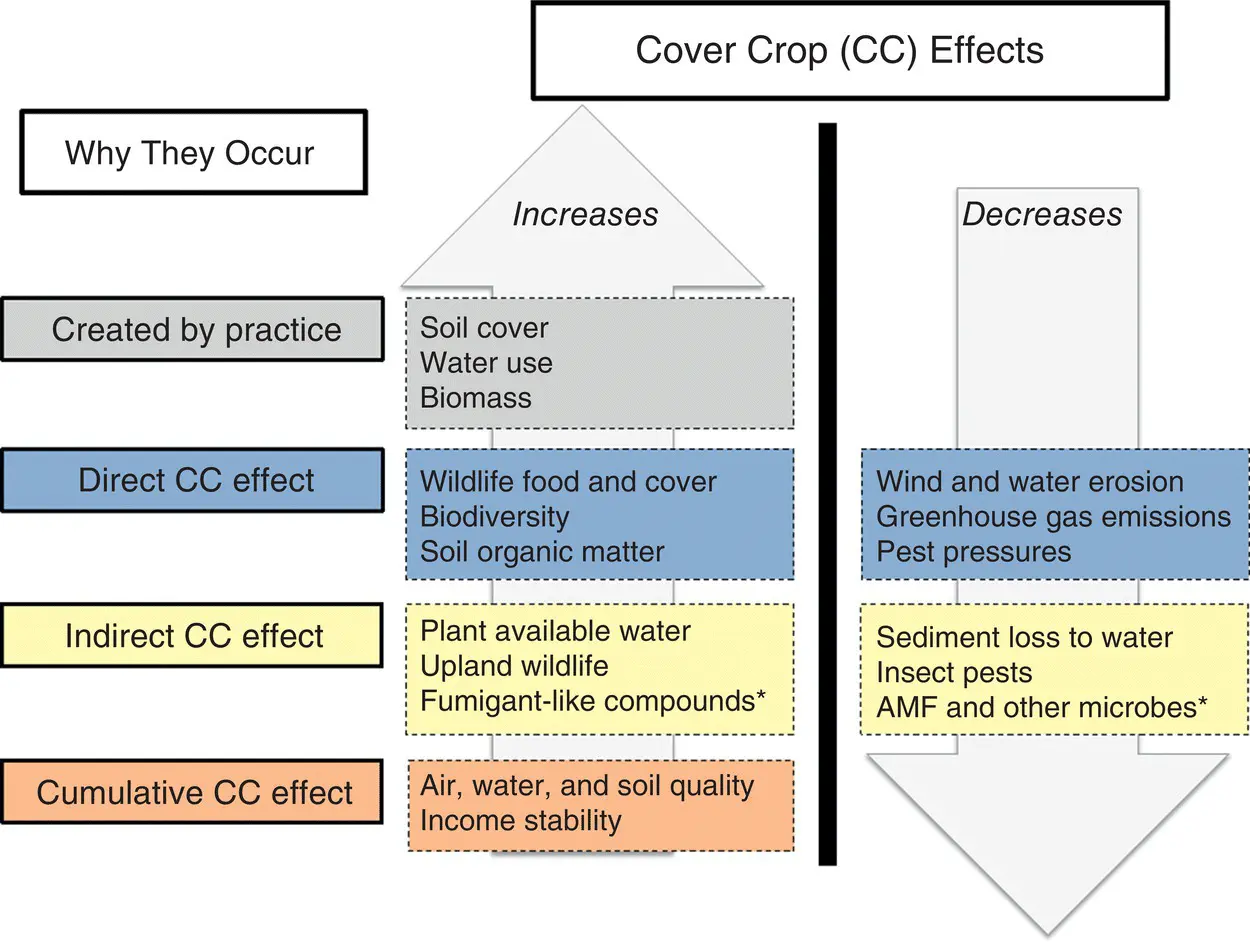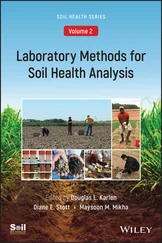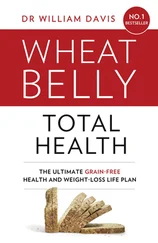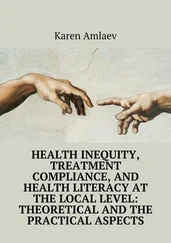Table 3.2 Selected NRCS conservation practices identified as also having a soil health impact.
| Conservation Goal |
Potential NRCS Approved Practices |
| Keep soil covered |
Conservation cover (327 a); Forage and biomass planting (512); Mulching (484) |
| Reduce soil disturbance |
Contour farming (330); Controlled traffic farming (334); Residue and tillage management (329 and 345); Strip cropping (585); Windbreak (380) |
| Keep plants growing year round |
Conservation crop rotation (328); Cover crop (340); Wildlife habitat management (645) |
| Diversify |
Contour buffer strips (332); Filter strip (393); Grassed waterway (412); Riparian forest buffer (391) |
aSpecific Conservation Practice Numbers associated with practices approved by USDA‐NRCS (2019a).
When considering the conservation practices listed in Table 3.2or elsewhere as strategies to remediate or enhance soil health, it is very important to recognize that implementation will require producer dedication, more time, and perhaps greater financial investment than most business as usual operations. Producers may need to change several core components of their

Figure 3.2 Utilizing cover crops as a conservation practice to improve soil health can have many different effects and interactions.
Source: USDA‐NRCS ( https://www.nrcs.usda.gov/wps/PA_NRCSConsumption/download?cid=stelprdb1270377&ext=pdf).
Operations, including planting date and rates, field equipment, traffic patterns, crop sequences, acreage distributions, harvest practices, storage requirement and ultimately market availability and potential economic returns, especially if new or non‐traditional crop rotations are introduced. Such changes are not trivial and can involve substantial time, effort, and financial costs, and may not be feasible or practical due to a range of climatic, social, or financial factors (Carter, 2019; Findlater et al., 2019; Giller et al., 2009; Janzen, 2001).
Recognizing these and other implementation challenges, it then becomes very important to consider the second question– how much of a soil health benefit can be achieved if those practices are implemented? The key phrase in that question is “how much!” Once again, there is no simple answer because every situation is site‐specific with regard to comparison groups, scale of production or implementation, cost and sensitivity of analytical methods, and the degree to which a biological, chemical, physical or overall soil health change is measurable. The latter must also consider whether the change is of statistical ( i.e ., p ‐value) or practical value. We will now focus briefly on each of those concepts to explore how different decisions and actions will ultimately determine cost to benefit ratios for each of the potential soil health approaches.
When documenting the specific benefit of a management practice, the potential magnitude of this change will depend on both inherent and dynamic soil properties ( Fig. 3.3). For example, when considering tillage, visualizing a disturbance continuum can be helpful because humans have the ability to shape soils from a range tools and techniques, including tillage (Reicosky, 2015) and drainage (Dinnes et al., 2002; Skaggs et al., 1994). Similarly, when comparing a range of management practices, selection of two practices with major differences ( e.g ., moldboard plow vs native prairie grass) will likely show more significant differences due to contrasting levels of soil disruption, plant species, and external inputs (Veum et al., 2014; Veum et al., 2015). Furthermore, the way in which the comparisons are statistically conducted can definitely influence “how much” of an effect was present and detectable (van Es and Karlen, 2019; Roper et al., 2017).
The scale of measurement is an important consideration for soil health assessments because soil resources can have very different properties when viewed across an individual field, across an entire landscape, as a core representing the soil profile, or as a small sample prepared for one or more analytical measurements. Within‐field variability is another factor that can make soil health assessment useful or futile. For example, changes in SOM could reflect either an increasing level or an unintended over‐sampling from soil series within the field that tend to have higher SOM levels than others. Slope is another common factor in agricultural fields that helps explain differences in SOM (Ladoni et al., 2016; Ontl et al., 2015). Also, if samples are collected from within a row, are the measurements applicable to the entire field or only the 25% of the field that is within a crop row? These questions are relevant not only for SOM but all potential soil health indicators. For example, in a study of carbon dioxide (CO 2) flux from no‐till fields, Kaspar and Parkin (2011) estimated each field consisted of 25% rows, 45% untracked inter‐rows, and 30% tracked inter‐rows, thus highlighting the importance of controlling traffic patterns to ensure that only a small portion of each field is disturbed. Quantifying such fine scale variations in soil properties is an important component of soil health assessment since the results may help identify new crop management practices that can improve all functional zones in the soil (Williams et al., 2016).

Figure 3.3Soil health documentation must recognize inherent (left) and dynamic (right) soil properties. (Photo Credit: Gary Radke, USDA ARS).
After selecting the soil function(s) for which indicator comparisons are of interest and the appropriate scale for making the comparisons, the third factor to consider is which method should be used to measure the important or critical changes? These three factors (topic, scale, and methods) are core scientific questions within any field of study. This book and numerous others document that a range of soil sampling and analytical methods exist (Dane and Topp, 2002; Dick, 2011; Sparks et al., 1996, Ulery and Drees, 2008). Therefore, the term “soil health test” can refer to a multitude of in‐field, laboratory, or even remote sensing techniques for quantifying or documenting a specific soil function or indicator of that function ( Table 3.3). This then fuels ongoing discussions with regard to the utility or futility of soil health assessment and which soil physical, chemical, and/or biological properties should be documented (Derner et al., 2018; Doran et al., 1994; Doran and Jones, 1996; Elliott et al., 1997; Schindelbeck et al., 2008; Stone et al., 2016).
Common soil health tests ( Table 3.3) include in‐field assessments with scorecards or portable soil test kits that can be used to evaluate soils visually and interactively. A more involved type of in‐field assessment can be achieved through the installation of various analytical instruments including edge‐of‐field or end‐of‐drainage‐tile samplers for quantifying soil health impacts on water quality. Assessments can also be made by sending soil samples to a commercial testing laboratory, or by participating in research projects such as the National Corn Grower sponsored Soil Health Partnership, the Soil Health Institute’s national soil health evaluation, or one of many state or national NRCS soil health programs. A third category of soil health tests emerging through technological advances is the use of remote sensing which has the benefit of enabling more frequent assessments of several soil functions, but the challenge of amassing high volumes of data which require more sophisticated storage and interpretation algorithms (Mulder et al., 2011; Shoshany et al., 2013).
Читать дальше














